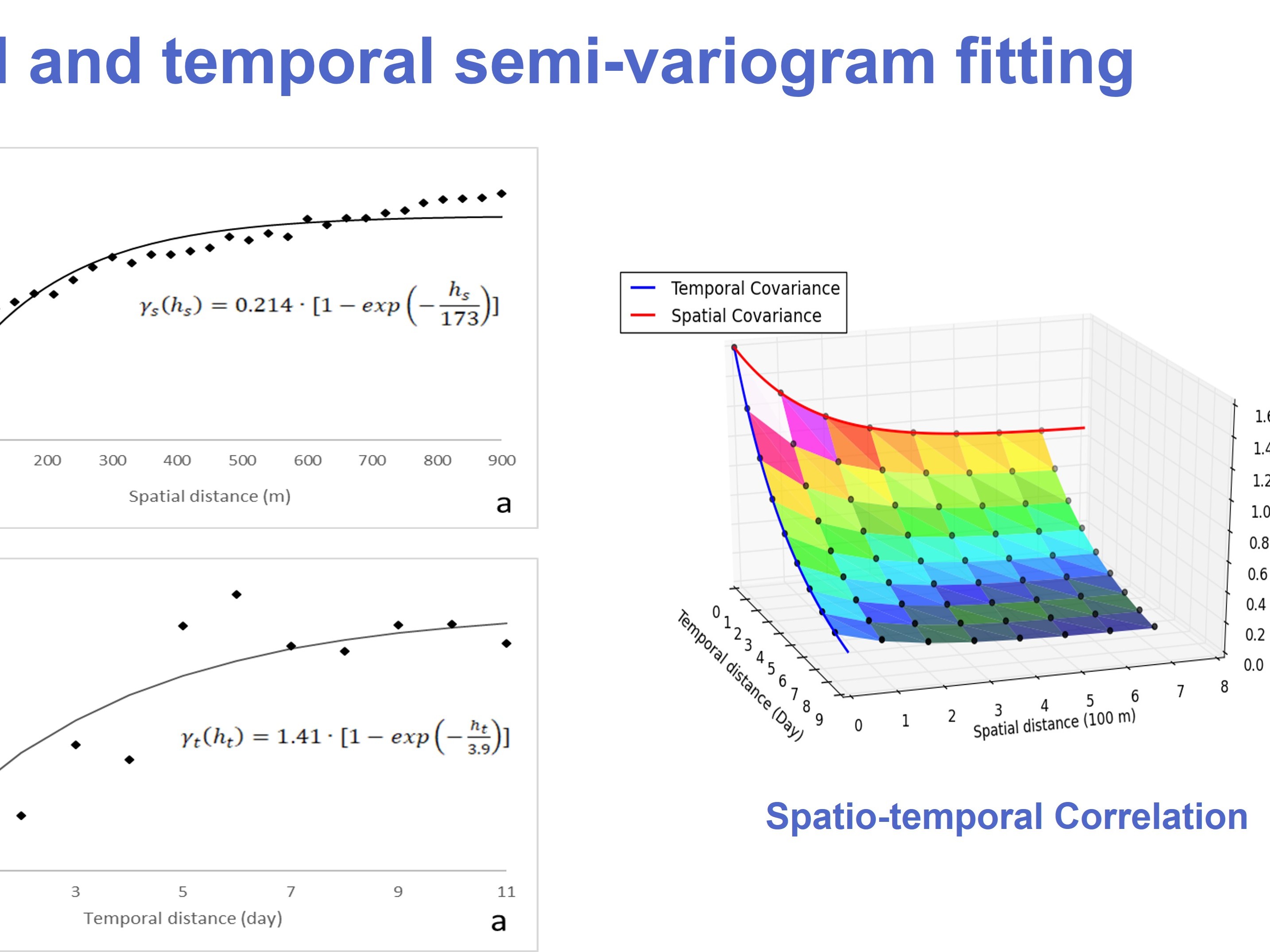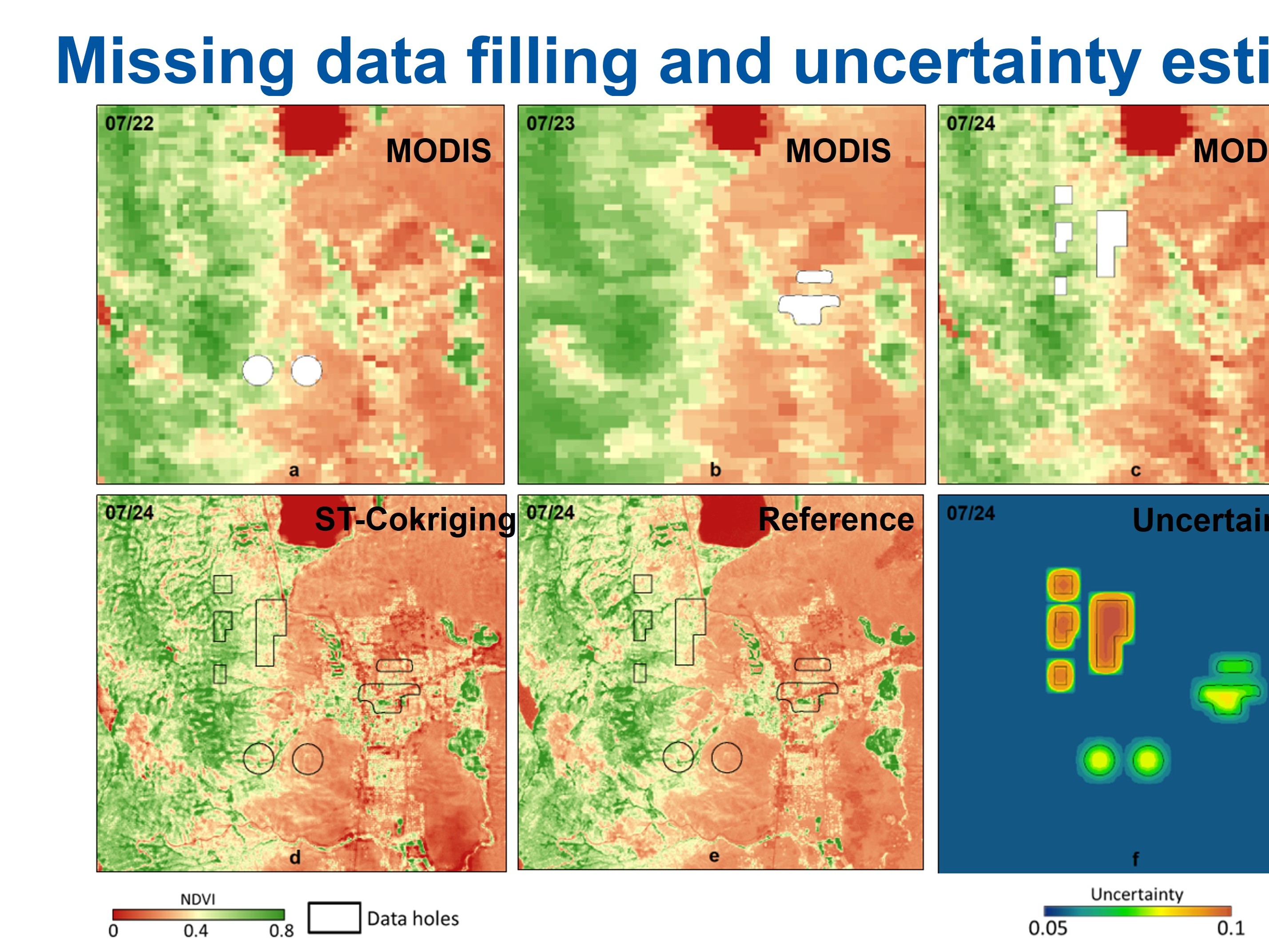Researchers At Univ. Of Central Florida Are Going To Use Geo-Statistical Approach To Blend UAV Imagery With Satellite Data For Monitoring Seagrass Along West Coast.
Dr. Bo Yang presents UAV data sharpening method in AAG 2019 at DC Dr. Bo Yang from Citizen Science GIS at University of Central Florida presents “A spatio-temporal geo-statistical approach for sharpening multi-spectral satellite imagery using high-resolution UAV data “ in the annual meeting 2019 of American Association of Geography (AAG) at DC.

Seagrasses as one of the most valuable ecosystems on Earth, they provide habitat for marine organisms, protect shorelines from erosion and filter out nutrient pollution. By retrieving the multi-spectral information of seagrass, the high quality data can help us to detect the seagrass’ health condition. Therefore, high quality multi-spectral observations with fine spatial resolution and frequent temporal coverage are indispensable in seagrass monitoring and analyses. While UAV imagery usually has high spatial resolution, it only provides limited temporal coverage. Conversely, historical satellite images have regular coverages over a long temporal period, but with relatively lower spatial resolution. This study presents a spatio-temporal Cokriging (ST-Cokriging) method to sharpen satellite data by using a set of time-series multi-spectral satellite imagery and one frame of UAV imagery at high spatial resolution.

The seagrass monitoring project funded the National Science Foundation (NSF) supports Citizen Science GIS at University of Central Florida (UCF). Dr. Timothy L. Hawthorne serves as PI and Dr. Bo Yang serves as lead post-doc researcher of the UCF portion of the grant. The collaborative grant includes faculty and students from a variety of universities and organizations, including MarineGeo at the Smithsonian Institution, Cornell University, University of California-Davis, San Diego State University, Oregon State University, University of Alaska Fairbanks, and Hakai Institute. The UCF portion of the project uses Unmanned Aerial Systems (UAS), i.e. drones, to measure eelgrass meadow extent, patchiness, and dynamics through time. Drone imagery will be collected at least annually in coordination with in situ sampling which will also be used to validate the imagery by ground-truthing across a range of points within each meadow.